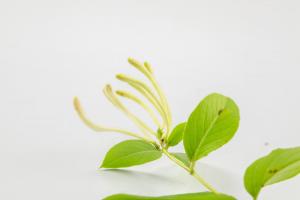Can you put a potted plant into an aquarium?
Many aquarium hobbyists are always looking for ways to enhance the aesthetic appeal of their aquatic environment by incorporating elements of nature into it. One way of doing this is by adding live plants to the aquarium. However, some people have been curious to know whether they can put potted plants in their aquariums. So, can you put a potted plant in an aquarium? The answer is not a straightforward one. Below are some factors to consider before putting a potted plant in your aquarium:
Plant selection
The first thing you need to consider before adding a potted plant to your aquarium is the plant’s species. Not all plants are suitable for underwater conditions. Some plants will thrive in aquariums, while others won’t survive beyond a few days. Therefore, you need to identify the plants that can survive and even thrive in water. Research the various plant species available and select the one that fits your aquarium’s environment best.
The potting material
Another factor to consider is the type of potting material used for the plant. Most plant pots are made from materials such as ceramic, clay, and plastic that are not suitable for underwater use. As such, these materials will not hold up in the water and may disintegrate over time. Therefore, it would be best to opt for pots made specifically for aquariums that are water-resistant and hold up well with water exposure over time.
Aquarium size
The size of your aquarium determines the size of the potted plant you can add. A small aquarium may not have enough space to accommodate a potted plant as it may end up taking a significant portion of the tank’s space. Furthermore, you need to ensure that the plant’s roots don’t clog up the aquarium's filter or overcrowd the aquarium's other inhabitants.
Lighting and nutrients
Lastly, remember that all plants require light and nutrients to survive. For a potted plant to thrive in your aquarium, ensure that your aquarium has sufficient lighting and nutrients to support the plant’s growth. Low light levels in your aquarium would not provide adequate light for the plant to survive. You may also need to supplement the plant’s nutrient uptake with fertilizers to ensure that it obtains all necessary nutrients it requires to grow well.
In conclusion
In conclusion, with the right plant species, potting material, aquarium size, lighting, and nutrients, a potted plant can thrive in your aquarium. However, ensure that you keep the plant healthy by regular maintenance and removal if it shows signs of poor health. If you have no prior experience with adding live plants to aquariums, it’s best to consult a professional before you take the plunge.

 how many times do yo...
how many times do yo... how many planted tre...
how many planted tre... how many pine trees ...
how many pine trees ... how many pecan trees...
how many pecan trees... how many plants comp...
how many plants comp... how many plants can ...
how many plants can ... how many plants and ...
how many plants and ... how many pepper plan...
how many pepper plan...






























